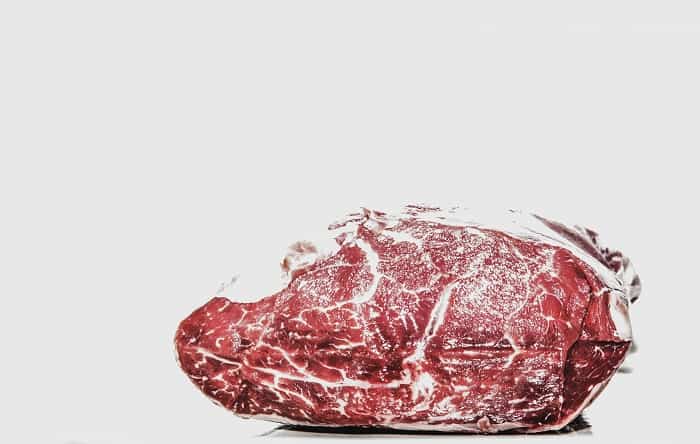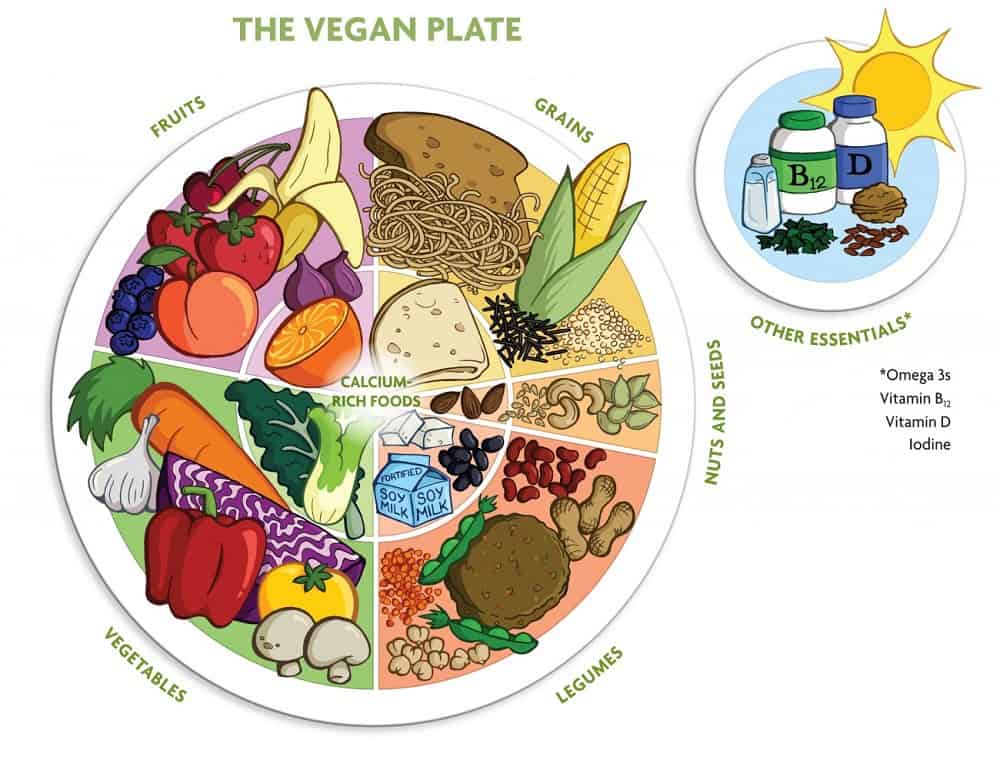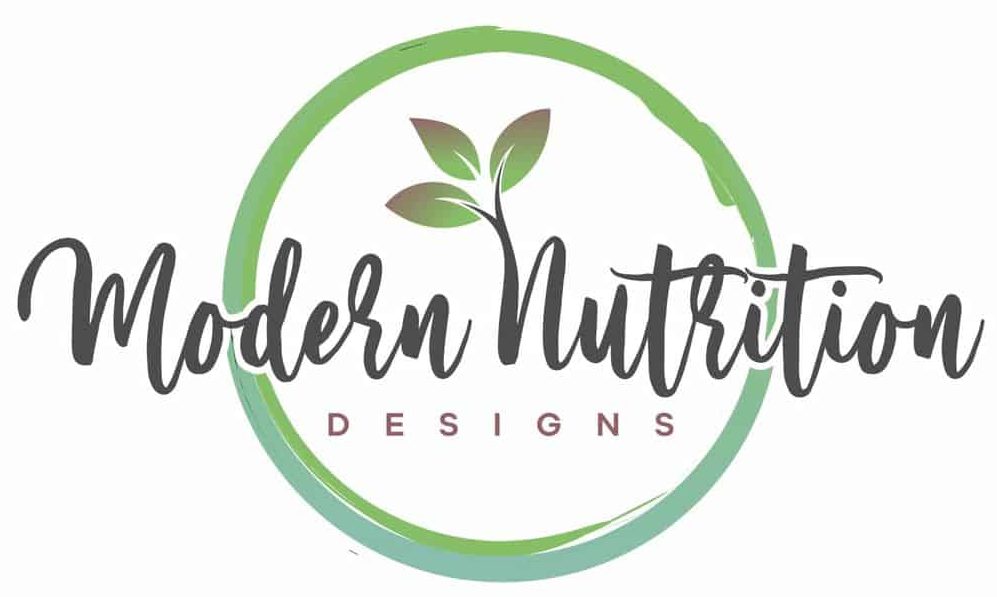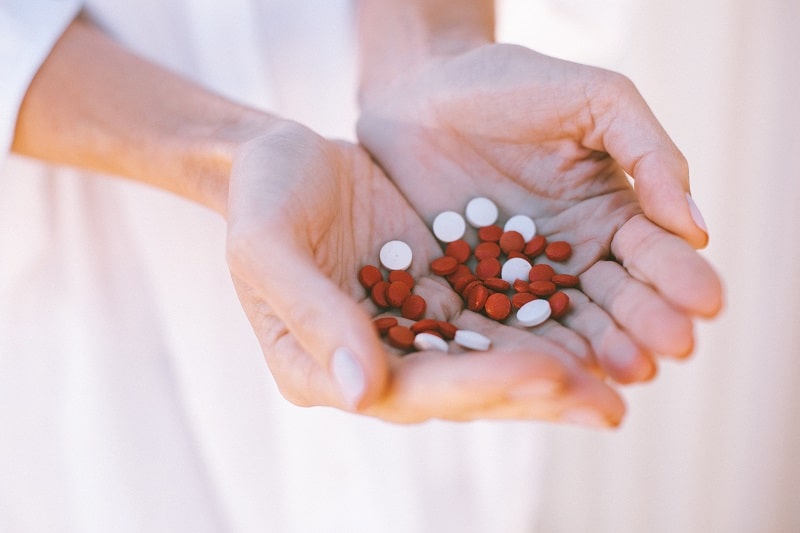Dermatitis herpetiformis (DH) is a chronic inflammatory skin condition that affects 10-15% of people with celiac disease. Although up to 20% of people with DH have a normal intestinal biopsy and normal celiac blood tests, all patients with DH respond positively to a gluten-free diet. Unfortunately, severe cases of dermatitis herpetiformis do not completely resolve when gluten is removed from the diet.
Most people with dermatitis herpetiformis are treated with a medication called Dapsone, which has a tendency to cause severe unwanted side effects. A better way to treat the underlying cause of DH is to remove all major inflammatory triggers from your diet. Then, replenish your body with foods high in micronutrient density to provide essential nutrients to heal and repair your over-active skin.
In this article we will cover the following areas:
- Dapsone: The major drawbacks and side effects
- My case study
- Removing all hidden sources of gluten
- Removing remaining inflammatory triggers from your diet
- Harmful food-additives
- Animal products
- Other harmful substances
- Replenishing your diet with foods high in nutrient density
- Other ways to overcome skin reactions from gluten sensitivity
- Improve sleep hygiene
- Improve stress management
Dapsone: Major drawbacks and side effects
According to an NIH publication, Dermatitis herpetiformis is characterized by small, clustered papules and vesicles that erupt symmetrically on the elbows, knees, buttocks, back, or scalp. The face and groin can also be involved. An intense burning sensation is commonly reported prior to lesion formation.
While patients wait for results from maintaining a strict gluten-free diet, Dapsone medication is the most common form of treatment. It is meant to be a temporary solution to be utilized when symptoms are too unbearable with a gluten-free diet alone. Some patients remain on a gluten-free diet for many years before experiencing any relief from their symptoms.
Dapsone is considered not only temporary but also the last resort. You see, this medication comes with severe side effects that lead most patients to discontinue its use prior to experiencing any relief from their symptoms. Commonly reported side effects are hemolytic anemia, methemoglobinemia, hepatitis, agranulocytosis, lymphadenopathy, and motor neuropathy to name a few.
Another reason this med is commonly discontinued early on is due to the constant monitoring necessitated by the harmful side effects clinicians have to keep an eye out for. Liver function, red blood cell formation, and nerve function need to be monitored regularly, especially during the first 2-3 months.
My case study
My experience with Dapsone is very reminiscent of these descriptions. I recall returning to the clinic often to give more blood samples and to have my vitals checked. I quickly developed methemoglobinemia, which is where the hemoglobin can carry oxygen, but is not able to release it effectively to body tissues. It wasn’t long before even walking short distances was a struggle.
Ironically, the medication only made the skin condition worse. Soon my doctor decided the risks of Dapsone outweighed the benefits and I was put on a different med.
After several pharmacological attempts were made to reduce my DH symptoms I decided to try other avenues of treatment. My doctor didn’t have any other suggestions, so I took it upon myself to resolve the ongoing skin condition.
All I had to do was remove the inflammatory triggers from my diet, then start fresh with the most nutritious foods available. I have been in remission for nearly five years without the use of any medication. Simply removing the gluten from my diet was not enough. I had to completely start over from scratch.
Removing all hidden sources of gluten

Gluten ingestion of those suffering from dermatitis herpetiformis is shown to be the major culprit involved in ongoing symptom occurrence. Removing this ingredient in its entirety from a standard Westernized diet is no easy task. Gluten, the protein found in wheat, rye, barley, triticale, and their derivatives, is omnipresent in food processing practices throughout developed nations.
Although you will likely never fully remove every particle of gluten from your diet, you should certainly try if you suffer from DH and are intolerant to Dapsone medication.
Start with the things you can most easily control. Dine out less and clean the majority of processed items out of your kitchen. This includes anything with a food label or ingredients list that has more than one ingredient listed.
Below are the most common forms of gluten-containing ingredients:
- Wheat
- Varieties and derivatives of wheat such as:
- wheatberries
- durum
- emmer
- semolina
- spelt
- farina
- farro
- graham
- KAMUT® Khorasan wheat
- einkorn wheat
- Rye
- Barley
- Triticale
- Flour
- Glucose
- Tocopheryls
- Natural Flavors (sometimes made from barley, especially in caramel)
- Hydrolyzed Vegetable Protein
- Brown rice syrup
- Meat substitutes
- Dextrin or maltodextrin
- Saccharide or polysaccharide
- Food starch or Modified food starch
- Malt in various forms including: malted barley flour, malted milk or milkshakes, malt extract, malt syrup, malt flavoring, malt vinegar
- Brewer’s Yeast
- Wheat Starch that has not been processed to remove the presence of gluten to below 20ppm and adhere to the FDA Labeling Law
Note: Products labeled “wheat-free” are not necessarily gluten-free.
DH and celiac disease are life-long conditions. From now on, it is best to make the majority of your meals at home using ingredients in their most natural whole form. We will go into further detail on this topic below under “Replenishing your diet with foods high in nutrient density“.
Removing remaining inflammatory triggers from your diet
Harmful additives
Now that you have successfully removed all the gluten from your home, take remaining labeled items and remove anything with harmful additives. This involves removing anything with preservatives, harmful chemicals, dyes, added sugars, added salt, oil, and hydrogenated substances.
Yes, this will likely be the majority of your kitchen. But that’s great! The more items you need to throw out, the more harmful substances you are removing from your life. And thus, the closer you are to relieving your symptoms and regaining your health.
Animal products

Now that you have successfully parted ways with all the artificially engineered food items, you are ready for the next step. It’s time to remove all beef, poultry, seafood, pork, eggs, and dairy from your diet.
This includes anything that had a mother or is produced by an animal. For instance, cheese, ice cream, butter, creamer, milk, yogurt, animal fat, etc., would be considered animal products.
Meats and animal products have been linked to a number of diseases and have all been shown to create inflammation when metabolized in the human body. These foods also provide very little by means of nutrients. They contain zero fiber, antioxidants, and phytochemicals.
Animal foods also contain high amounts of saturated fat and cholesterol. Two things that are known to contribute to heart disease, stroke, cancer, erectile dysfunction, hormonal disruptions, diabetes, obesity, inflammation, and now dementia.
Foods rich in animal protein and animal fat have harmful effects on our beneficial gut bacteria leading to leaky gut syndrome, Chron’s disease, and other inflammatory bowel disorders.
Meat also contains natural amounts of trans fat which have been deemed so unfit for human consumption that this substance has actually been removed from American grocery stores as of January 1st, 2020.
The sooner you cut out these disease-promoting items, the closer you are to recovery. I understand what I am proposing might seem “radical” to some, but this is an evidence-based method to overcome severe cases of dermatitis herpetiformis.
Removing other harmful substances
This section might seem obvious, but I feel compelled to include it based on my culture’s affinity for such items as caffeine, alcohol, and other illicit substances. Not only will these impede recovery, but they will cause further damage and create more problems in the long run.
Caffeine
Many people have a difficult time giving up their morning coffee, but I assure you, you will feel better without it. Coffee has a 17-hour half-life. This means that the stimulating effects of the drug do not wear off until well into the hours your body should be resting. Regular caffeine use is the number one reason so many people have trouble getting a good night’s rest.
Start by cutting back slowly if you want to reduce the withdrawal symptoms. Perhaps, start with half a cup less per day and eventually reduce your intake to zero.
Alcohol
Alcohol is another major area of concern due to its social acceptability. This substance actually disables the body’s natural healing mechanisms. Even one drink per day has been shown to significantly increase one’s odds of acquiring such diseases as high blood pressure, obesity, stroke, breast cancer, liver disease, depression, suicide, and accidents.
Medications
Over-the-counter medications and prescription medications should also be minimized, if not discontinued altogether. This includes antacids, pain-relievers, sleep-aids, and cold medicine. I know how counterintuitive this may seem, but you don’t need these substances. Even when you are suffering from the very ailments that these drugs advertise to ameliorate.
Your body is designed to naturally return to its healthful equilibrium without medicines. Even prescription medications will prolong the time it takes for you to fully recover. Technically, they are all poisons and they can not act on one body mechanism without impacting another. With every benefit comes an unanticipated side effect.
Always chat with your primary care provider before discontinuing medication.
Replenishing your diet with foods high in nutrient density
By removing the glutinous foods, artificial foods, and animal products from your diet you have made room for high nutrient-dense foods. These foods are required by the body to not only carry out normal metabolic processes but to also heal the damage that may have been caused by repeated gluten exposure.
We are replacing the standard American fare or low nutrient-dense items with foods from the following categories:
- Legumes
- Whole/intact non-glutinous grains
- Seeds
- Nuts
- Fruits
- Vegetables

You don’t have to stress about eating from each of these categories every day if it is too challenging at first. Just try to incorporate all of them over a given week. Eventually, this lifestyle will become second-nature and you will easily get all or most of these items into your daily meals.
Other ways to overcome skin reactions from gluten sensitivity
During the 5 or so years I spent living with severe dermatitis herpetiformis and other strange skin reactions from gluten-intolerance, I learned that stress and lack of sleep significantly increased the severity of each rash. These factors seem to perpetuate each other in a vicious cycle that may seem insurmountable at times.
Fortunately, you can gradually learn to mitigate and overcome each of these obstacles. We already discussed how to mitigate the accidental gluten ingestion above, but what can we do about improving our sleep and stress management?
Improve sleep hygiene
I admittedly used to take a plethora of sleep aids when I was first diagnosed with celiac disease and DH. My symptoms kept me up at night, not to mention the general insomnia I acquired from the illness itself. I went on for years living this way thinking all I had to do was stick to a diligent gluten-free diet and one day my sleep problems would improve.
Sadly, that was not the case. My sleep remained fundamentally impaired until I was able to implement the dietary strategies described above. From there, everything else was able to fall into place.
These are the easiest ways to improve your sleep duration and quality:
- Go to bed at the same time and wake up generally at the same time every day. Yes, even on the weekends. This will rebalance your natural circadian rhythms.
- Sleep in a cool dark room. Wear an eye-mask if you need to in order to block out any unnatural light. Keep the thermostat low.
- Use a sound machine. Most of us share a bed with a partner or our pets. Our we may have children that make noise at night. We can’t silence everything in our environment. So try using ear-plugs or a sound machine to minimize unwanted distractions.
- Prepare as much as you can the night before so you are not laying in bed thinking about all the things you need to accomplish in the morning. Lay out your clothing, take an evening shower, have the kids’ lunches ready, etc.
- Keep a pad of paper and a pen next to the bed to write down fleeting thoughts that you want to hold on to. After you write them down your mind will get the sense that they may be let go.
- Lay down ready for bed a half-hour early with a book or some other quiet activity. Be sure to remove all screen devices 30-60 minutes prior to bedtime.
Improve stress management
Stress is inevitable. We can only control so much of our environment and our trajectory. The rest we just have to learn to take in stride.
I know, easier said than done! But with everything, practice makes perfect. Below are some of the strategies I used to develop my stress management skills:
- Make use of your time. The less time I spent focussing on the hopelessness of my situation, the easier it was to focus on more productive tasks, such as educating myself on how to improve my health through diet and exercise.
- I found it most helpful to incorporate a little exercise every day. Stress will inevitably decrease with daily exercise. Even a 20-minute brisk walk is beneficial for creating an overall sense of wellbeing. But if you can, high-intensity exercise works even better.
- Let go of the things you can’t control. Only a small fraction of the things we worry about actually come to fruition.
- There’s no such thing as perfection, so stop aiming for it. You are recovering. Give yourself a little compassion.
- Build your social support by spending more time with friends and family.
- Get plenty of rest! Don’t forget that you are healing. You will likely not function at 100% for some time yet, but that is expected. Don’t be too hard on yourself when you are not able to maintain the same standard of living as you did prior to diagnosis.

Major takeaways on overcoming dermatitis herpetiformis medication-free
- Dapsone is the standard but very risky treatment for DH. If you do attempt a trial of this medication, be sure you are adequately monitored.
- The easiest way to remove gluten from your diet is to refrain from consuming processed foods. This includes anything with a food label or ingredients list that contains more than one ingredient.
- Removing food additives, animal products, and other harmful substances from your diet is the next step in recovering from symptoms of DH.
- Replenish your diet with high-micronutrient dense foods such as legumes, whole non-glutinous grains, fruits, veggies, nuts, and seeds.
- Focus on proper sleep hygiene and stress management as an additional means to manage you reactions to gluten-intolerance.
Karli Jackson

